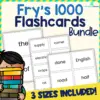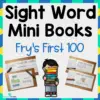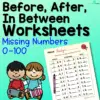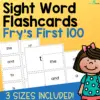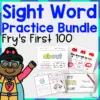Children need to develop creativity while they are still young. Engaging in activities that promote experimenting and exploring new ideas, solving problems, and thinking outside the box is encouraged.
One of the activities that promote creativity is art. Here are ten drawing activities that will surely help enhance this skill in young learners.
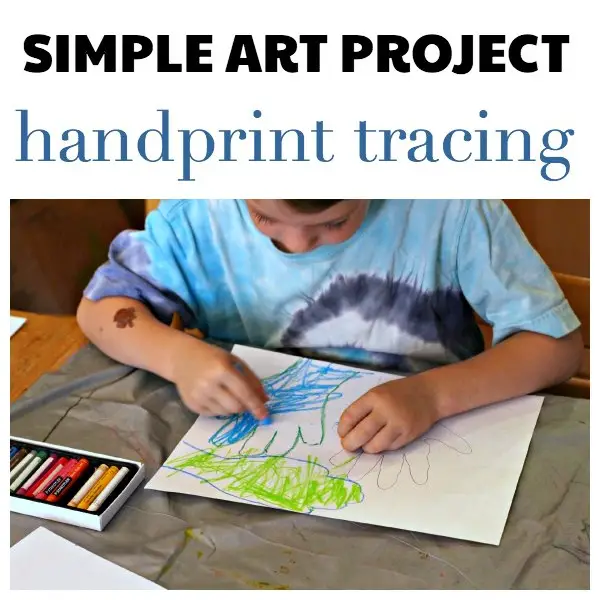
This handprint tracing requires minimal supplies and is a simple task for children, but it provides a great way for imagination to be at play. This activity is perfect for reluctant artists and those with delays in developing their fine motor skills.
Tracing handprints require eye-hand coordination and provide a sensory experience for children. This activity is also a great opportunity for children to improve their three-finger grasp as they hold the crayon to make visible prints during tracing.
On a white construction paper, instruct children to place their non-dominant hands. Ask the child to choose a favorite color and trace the handprint. Remind the child to be mindful of the curves and not to lift or move the hand on the paper until finished.
Once they finish, the child may check to fix broken lines and add more colors to the faint lines. Next, ask the children to design the handprint. They can color, draw, or add patterns to make the handprints colorful.
For this activity, you will need:
- Construction paper
- Crayons or markers
For more information on this activity, go to WhatDoWeDoAllDay.com.
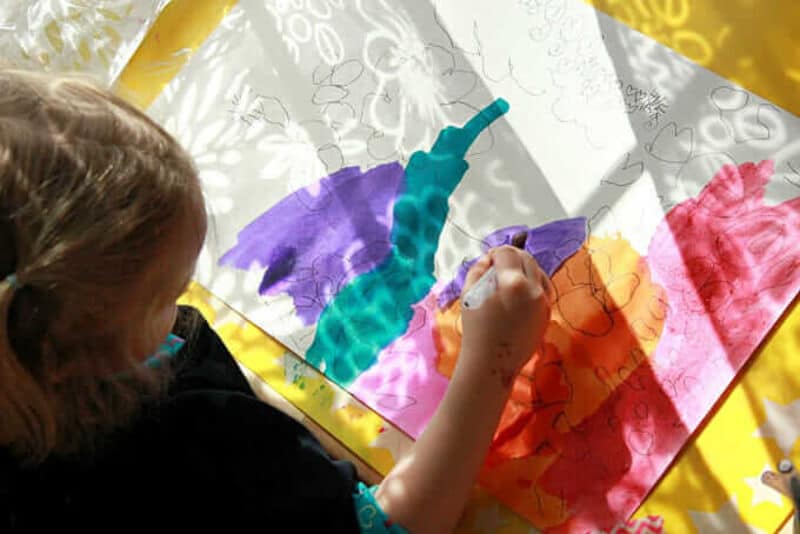
Shadows can be used to promote creativity in children. The site suggests using different shadows from the patterns in the curtains or a bouquet. Tracing one’s body on the sidewalk is also recommended.
It is also possible to use different objects to make shadows. Just place it in a sunny area, between the light source and the paper. With this activity, children can trace outlines and create illustrations.
This will help improve their three-finger grasp, which is important for writing and drawing tasks. It will also help them follow lines as they trace through the shadows.
Set up the shadow tracing area by attaching the watercolor paper to the table using sticky tape. Ensure that the table is beside the window where the sun shines to create shadows.
Let the child trace the outline or shapes using a pen. Next, have the child use watercolor paint to add color to the artwork.
For this activity, you will need:
- Watercolor paper
- Sticky tape
- Marker
- Pen
- Watercolor paint
- Paintbrushes
For more information on this activity, go to ArtfulParent.com.
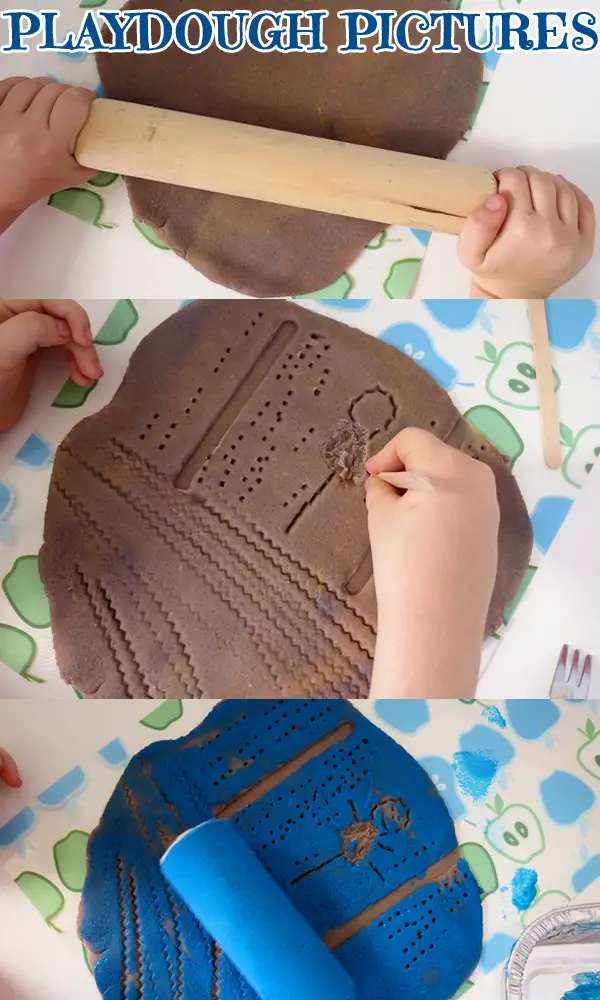
Making clay impressions is one of the decorating techniques artisans use with clay and ceramics. The impression is made by scoring, carving, or pressing items that will leave interesting designs on the wet clay.
Let children explore this technique using materials such as forks and other available home items that are safe to use and will leave unique markings when pressed on the clay.
Playing with clay helps develop finger and hand muscle strength. This activity is a great way to enhance imagination while improving fine motor skills.
Start by placing the clay on the placemat. Let children flatten the clay with a rolling pin. Allow them to use different objects such as lids, plastic knives, and other items to create designs on the clay.
Children can repeat the process if they wish, using different materials. Next, use a paint roller to apply color to the clay. Carefully place the white paper on top and use the rolling pin to roll over the paper. This will transfer the pattern on the paper.
For this activity, you will need:
- Playdough
- Rolling pin
- Different objects
- Placemat
- Paint
- Paint roller
- White paper
For more information on this activity, go to Childhood101.com.
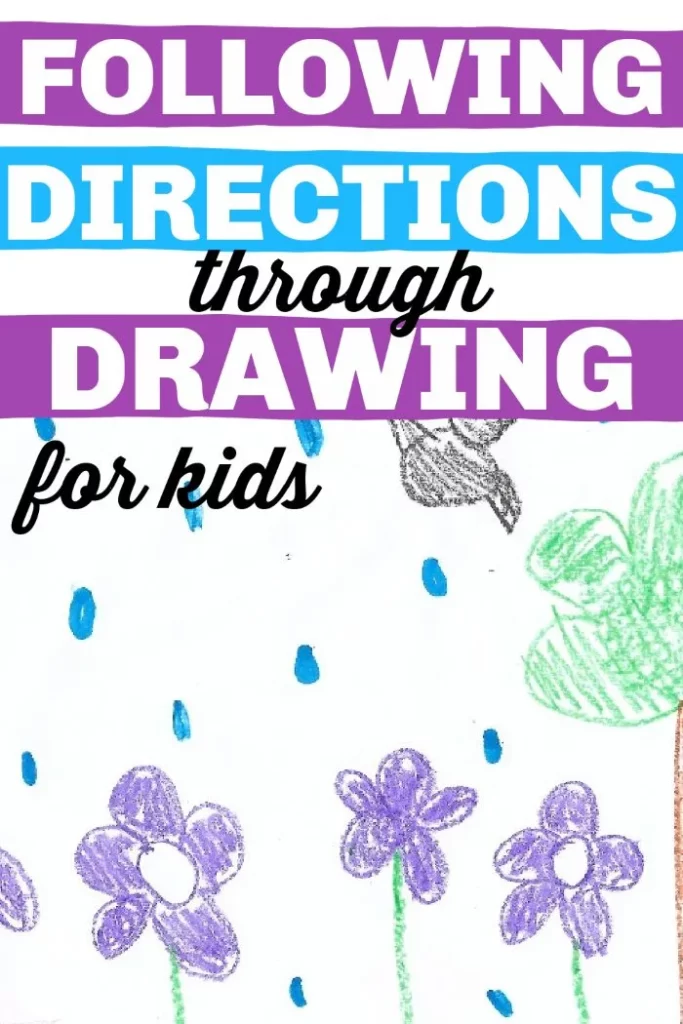
Teach children to think outside the box as they learn to follow verbal instructions through this art activity. As children follow the directions, their listening, attention, and fine motor skills are enhanced.
Use the power of words to create a masterpiece with children. Provide specific instructions that combine numbers, colors, shapes, and patterns to make their final output glorious.
Provide each child with a piece of paper and some crayons. Use a simple story to help children imagine the images that will produce on paper. Ask children to listen carefully and draw the story on paper.
For example, say to the children, “One day, a little bird is flying in the garden when it suddenly rains. I want you to draw the little bird and a garden in the rain.”
For younger children, let them do the tasks step-by-step. Say, “First, draw the bird.” Once finished, proceed to the next object.
The instructions can also be specific, such as four flowers or four purple flowers, a black bird flying in the sky.
For this activity, you will need:
- Paper
- Crayons or markers
For more information on this activity, go to EmpoweredParents.co.
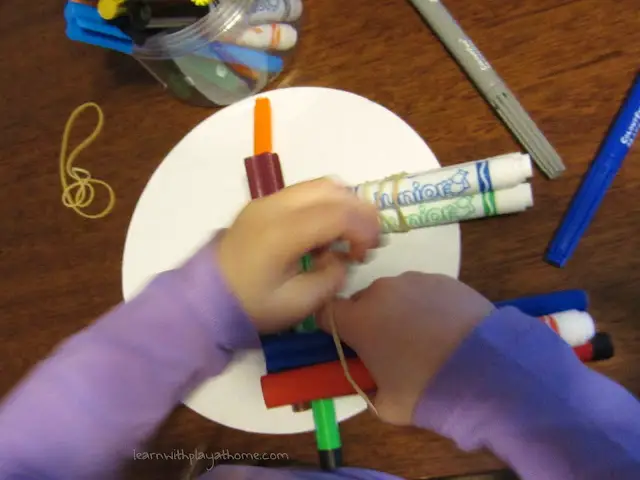
Create identical markings simultaneously using different colors of markers. This simple activity is perfect for young children who still have difficulty holding writing implements.
Teach children colors and patterns with this activity. Children will improve their fine motor skills while being creative. Let children explore the different designs and patterns they can make with bunched-up markers.
Have children tie two to three markers of different colors using a rubber band. For young children, provide ones already tied up or assist them as they tie them together.
The site suggests using hair ties instead of rubber bands to tie the markers and to demonstrate the tying process for children to copy. It is also recommended that children choose their color combination for this activity.
Next, let the children scribble, doodle, and play with the markers on the paper. Provide specific guides if possible, such as making a long line from left to right or making small circles.
For this activity, you will need:
- Markers
- Papers
- Rubber bands
For more information on this activity, go to LearnWithPlayAtHome.com.
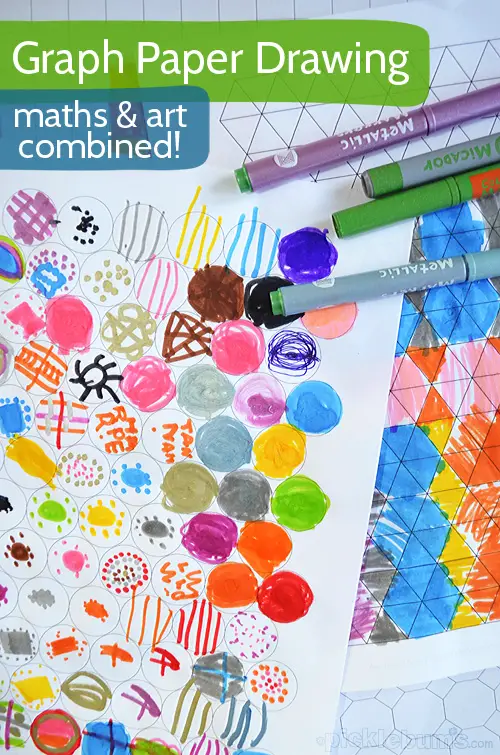
Drawing using graph paper creates interesting patterns and designs that are wonderful for children to explore. This activity allows children to learn about colors, shapes, and patterns.
Regular graph paper can be used, but the site suggests using graph paper with different shapes.
These papers are unique because of the different shapes used to make the graph paper. Some shapes are hexagons, octagons, diamonds, circles, and triangles.
Head over to the site for the link to the free graph paper. Download and print the preferred style and have the children color the shapes. Provide premade samples for children who may find this activity complicated.
Here are some variations for this activity. Let children use as many or as few colors to create a pattern. Have them color a block of connected shapes to make a huge one.
Make this activity more challenging for older children by providing specific requirements, such as combining shapes, colors, and numbers. For example, the challenge is to make two large blue triangles.
For this activity, you will need:
- Graph paper
- Markers
For more information on this activity, go to Picklebums.com.
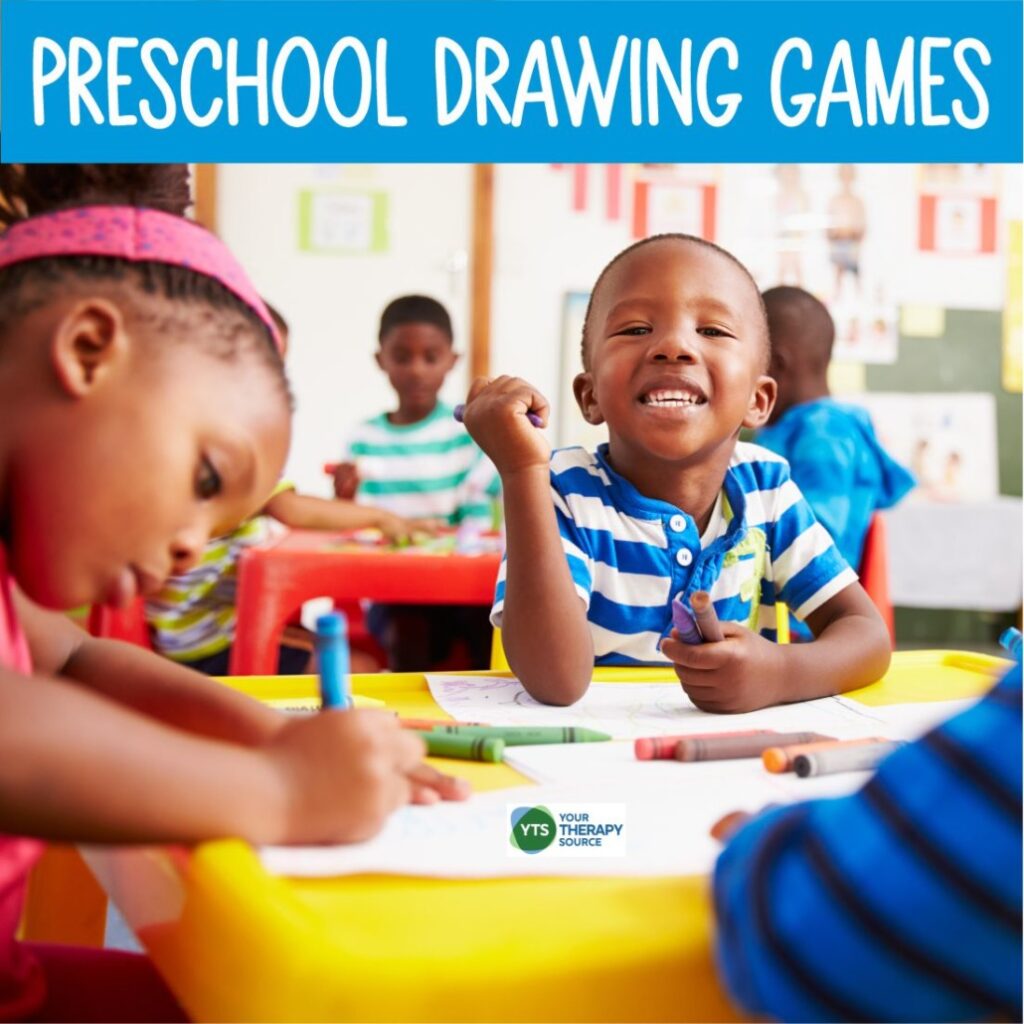
This activity is a lesson about drawing a person. It provides different strategies to help children learn about the basics of drawing people, which will improve not only their creativity but also their fine motor skills.
The site suggests exposing children to illustrations of people from books and artworks. As children become aware of the illustrated body parts, they may begin making their version.
Start with modeling how to draw a stick person. Point out the parts that are needed to complete the illustration. Have children repeat this process step-by-step until they can do it independently.
Slowly introduce body parts that are easily recognizable such as arms and legs. Next, let children add more complicated parts, such as facial features. They may also add clothes and different hairstyles to make their drawings unique.
The site also provides a free template for children to practice drawing skills. The templates are basic stick figures in different poses. Children may add details to complete it.
For this activity, you will need:
- Printed template
- Paper
- Pencil or marker
For more information on this activity, go to YourTherapySource.com.
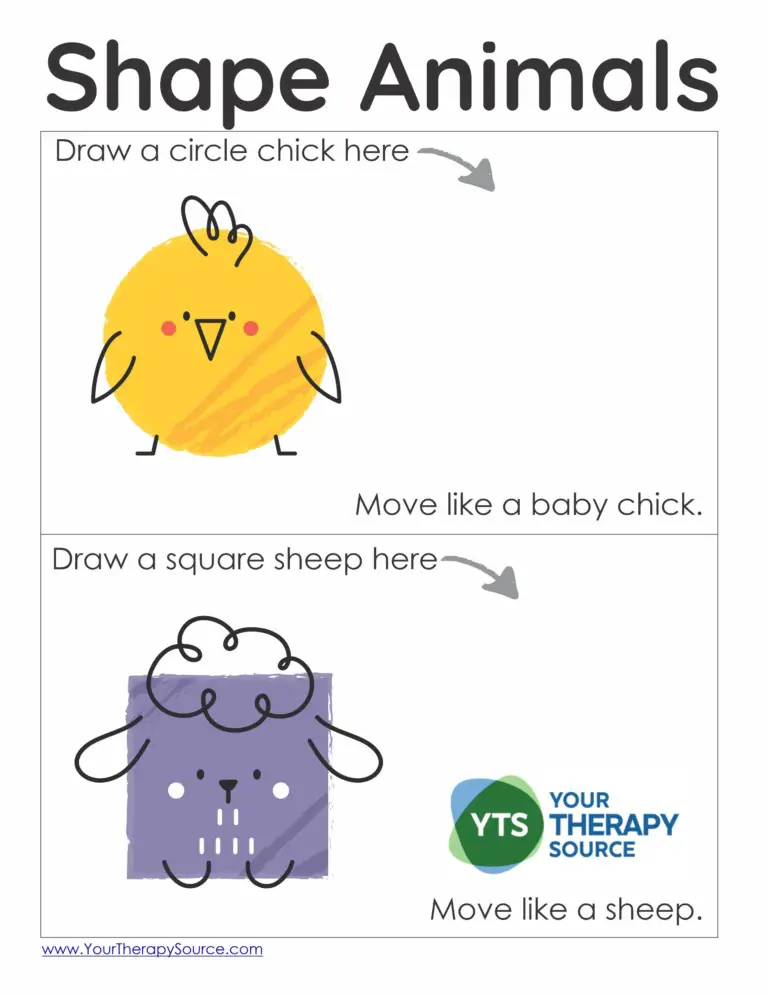
This activity promotes creativity by allowing children to think beyond the shapes presented in the activity sheet. As they imagine, they will be able to note the details needed to complete the illustration of the animals.
Provide pictures to children as a guide. Verbal prompts may also be given to children who are hesitant about the task.
Ask questions such as, “How do we turn this triangle into a fish?” “ What does it need?” “Does it have ears?” and “Can we draw legs?”
For younger children, model how to add the details on the shapes to turn them into animals. Do this step-by-step. Allow children to respond by copying the actions they have seen before moving on to the next step.
Download and print the free animal shapes activity sheet from the site. Let children use crayons or markers to add details. Once finished, let the children do the animal movement mentioned on each page.
For this activity, you will need:
- Printed activity sheets
- Markers or crayons
For more information on this activity, go to YourTherapySource.com.
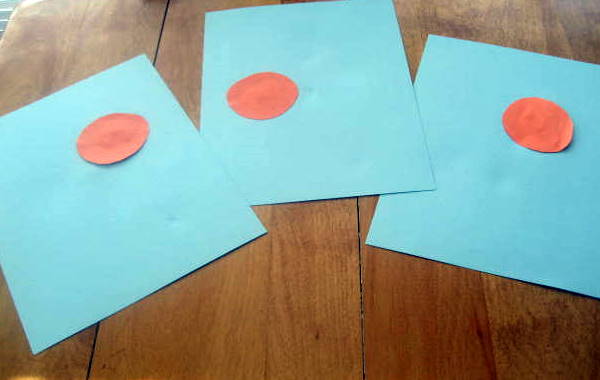
Inspired by the book “An Orange in January” by Dianna Hutts Aston, this activity helps children imagine what could become of an orange circle. Like in the book, the boy holding the orange imagined different things.
The site suggests using this activity for children to understand how food becomes available for people. This is a great social studies lesson for children as they become familiar with where the food was sourced.
Make the oranges by cutting out three circles from orange construction paper. Glue each of these on light blue paper. Provide crayons or markers and tell children to transform the orange circle into something else.
Remind children that the boy in the story imagined three different things with the orange he had to inspire them. First, he imagined the orange as balls for juggling, and he was the juggler.
Next, it was a baseball, and he was pitching. Finally, he imagined it as a large ball, and he was a clown holding it.
For this activity, you will need:
- Construction paper
- Glue
- Scissors
- Crayons or markers
For more information on this activity, go to JDaniel4SMom.com.
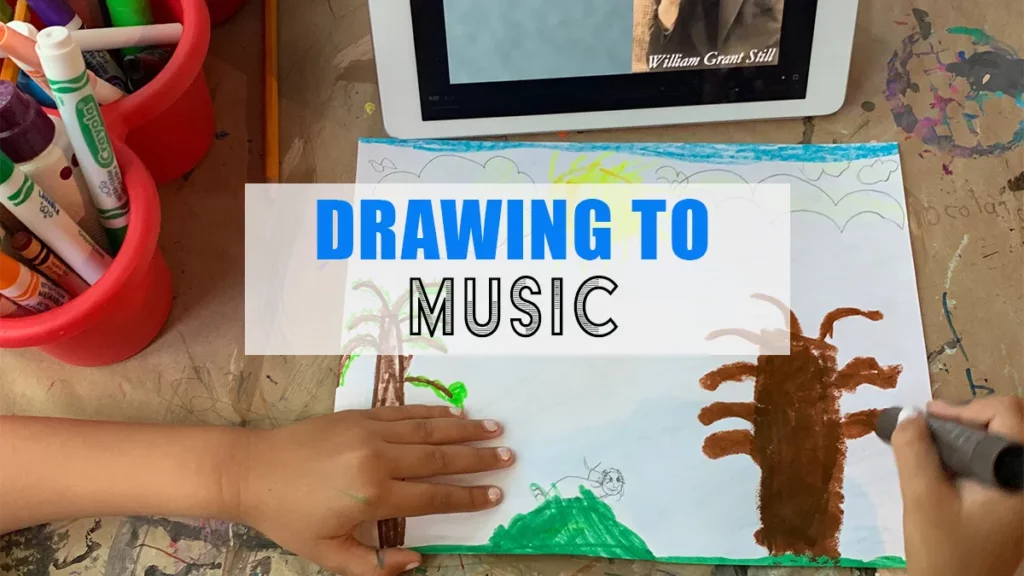
It is possible to combine music with art in this activity. It teaches children to express themselves as they listen and be inspired by the music playing in the background.
This is a simple sensory activity that helps with the children’s imagination, fine motor, and listening skills. It is also a great way for children to improve their oral language skills as they try to explain their outputs.
Begin by looking for suitable music for this activity. The site suggests using classical music, but modern songs are also welcome. Check out the site for some of the recommended classical music.
Next, research the background of the music. Find facts such as the composer, origin, and other interesting tidbits. Discuss all of these with the children before playing the music.
For example, the Four Seasons was composed by Antonio Vivaldi from Italy. It is inspired by the four seasons throughout the year.
Next, provide instructions about the art activity. Let children draw what they feel or what inspired them upon hearing the music. They can use crayons, markers, or oil pastels.
Once finished, let each child discuss their work and explain the meaning behind the symbols and illustrations they have made.
For this activity, you will need:
- White paper
- Crayons, markers, or oil pastel
- Tablet or phone for listening to music
For more information on this activity, go to HappyToddlerPlaytime.com.
Conclusion
There are many ways for children to develop their creativity. Exposing children to different activities that allow children to explore with their senses provides opportunities to think, discover, and find solutions to problems.
Consider using these engaging drawing activities to help children understand and be inspired to create new and wonderful things.
Thank you for reading!


